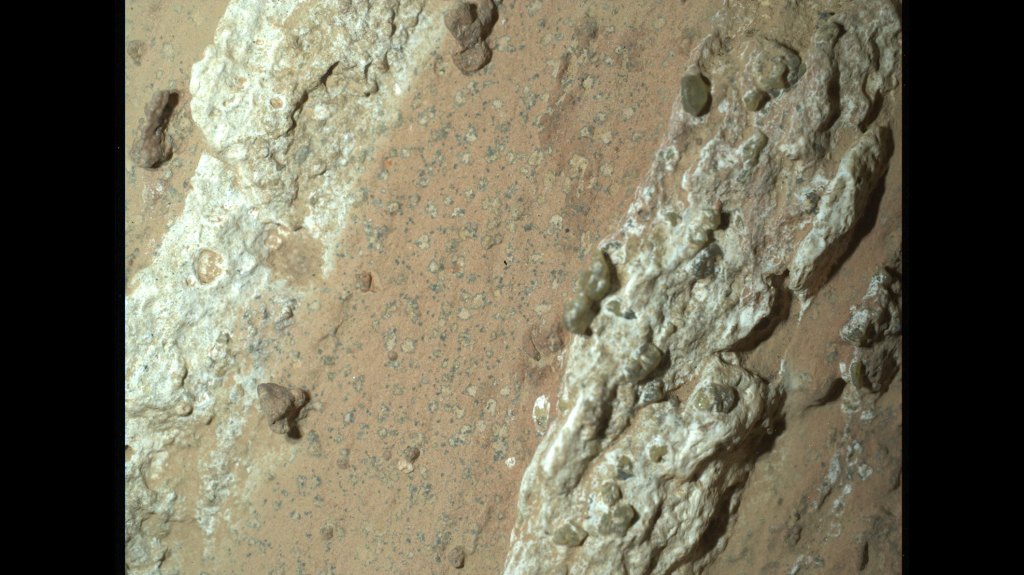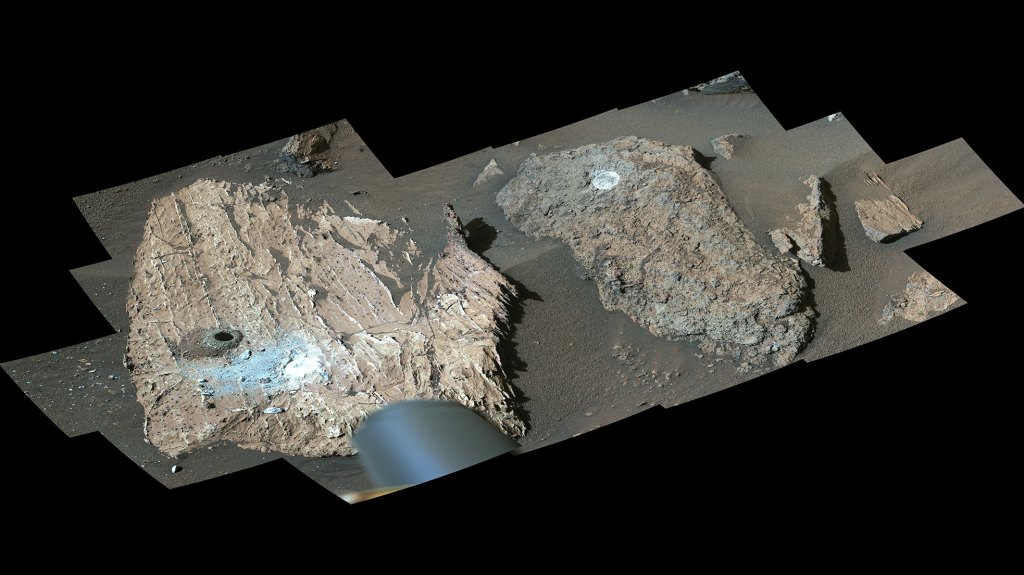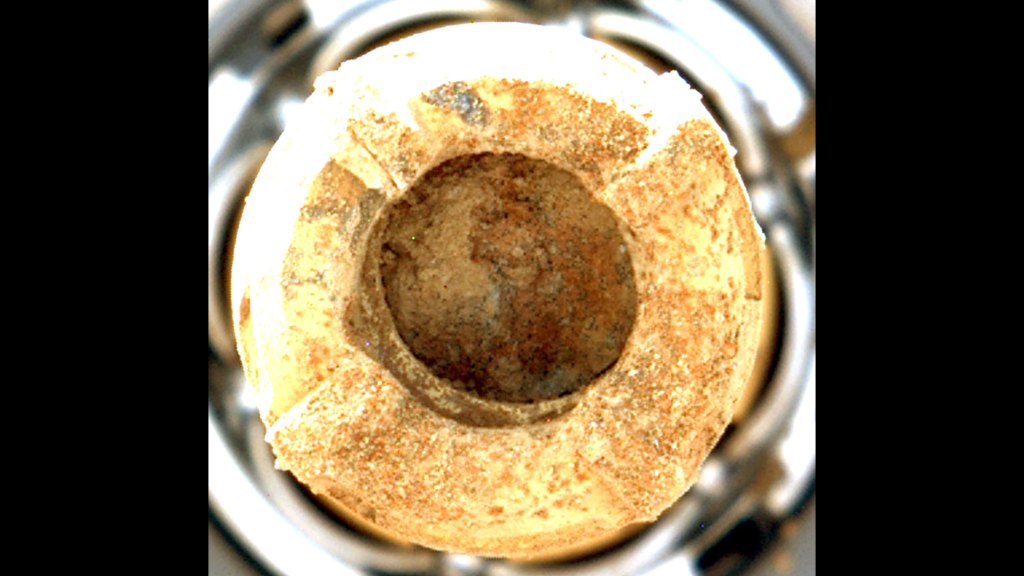6 min read


The six-wheeled geologist found a fascinating rock that has some indications it may have hosted microbial life billions of years ago, but further research is needed.
A vein-filled rock is catching the eye of the science team of NASA's Perseverance rover. Nicknamed "Cheyava Falls" by the team, the arrowhead-shaped rock contains fascinating traits that may bear on the question of whether Mars was home to microscopic life in the distant past.
Analysis by instruments aboard the rover indicates the rock possesses qualities that fit the definition of a possible indicator of ancient life. The rock exhibits chemical signatures and structures that could possibly have been formed by life billions of years ago when the area being explored by the rover contained running water. Other explanations for the observed features are being considered by the science team, and future research steps will be required to determine whether ancient life is a valid explanation.
The rock - the rover's 22nd rock core sample - was collected on July 21, as the rover explored the northern edge of Neretva Vallis, an ancient river valley measuring a quarter-mile (400 meters) wide that was carved by water rushing into Jezero Crater long ago.


"We have designed the route for Perseverance to ensure that it goes to areas with the potential for interesting scientific samples," said Nicola Fox, associate administrator, Science Mission Directorate at NASA Headquarters in Washington. "This trip through the Neretva Vallis riverbed paid off as we found something we've never seen before, which will give our scientists so much to study."
Multiple scans of Cheyava Falls by the rover's SHERLOC (Scanning Habitable Environments with Raman & Luminescence for Organics & Chemicals) instrument indicate it contains organic compounds. While such carbon-based molecules are considered the building blocks of life, they also can be formed by non-biological processes.
"Cheyava Falls is the most puzzling, complex, and potentially important rock yet investigated by Perseverance," said Ken Farley,Perseverance project scientist of Caltech in Pasadena. "On the one hand, we have our first compelling detection of organic material, distinctive colorful spots indicative of chemical reactions that microbial life could use as an energy source, and clear evidence that water - necessary for life - once passed through the rock. On the other hand, we have been unable to determine exactly how the rock formed and to what extent nearby rocks may have heated Cheyava Falls and contributed to these features."

Other details about the rock, which measures 3.2 feet by 2 feet (1 meter by 0.6 meters) and was named after a Grand Canyon waterfall, have intrigued the team, as well.
How Rocks Get Their Spots
In its search for signs of ancient microbial life, the Perseverance mission has focused on rocks that may have been created or modified long ago by the presence of water. That's why the team homed in on Cheyava Falls.
"This is the kind of key observation that SHERLOC was built for - to seek organic matter as it is an essential component of a search for past life," said SHERLOC's principal investigator Kevin Hand of NASA's Jet Propulsion Laboratory in Southern California, which manages the mission.
Running the length of the rock are large white calcium sulfate veins. Between those veins are bands of material whose reddish color suggests the presence of hematite, one of the minerals that gives Mars its distinctive rusty hue.
When Perseverance took a closer look at these red regions, it found dozens of irregularly shaped, millimeter-size off-white splotches, each ringed with black material, akin to leopard spots. Perseverance's PIXL (Planetary Instrument for X-ray Lithochemistry) instrument has determined these black halos contain both iron and phosphate.







